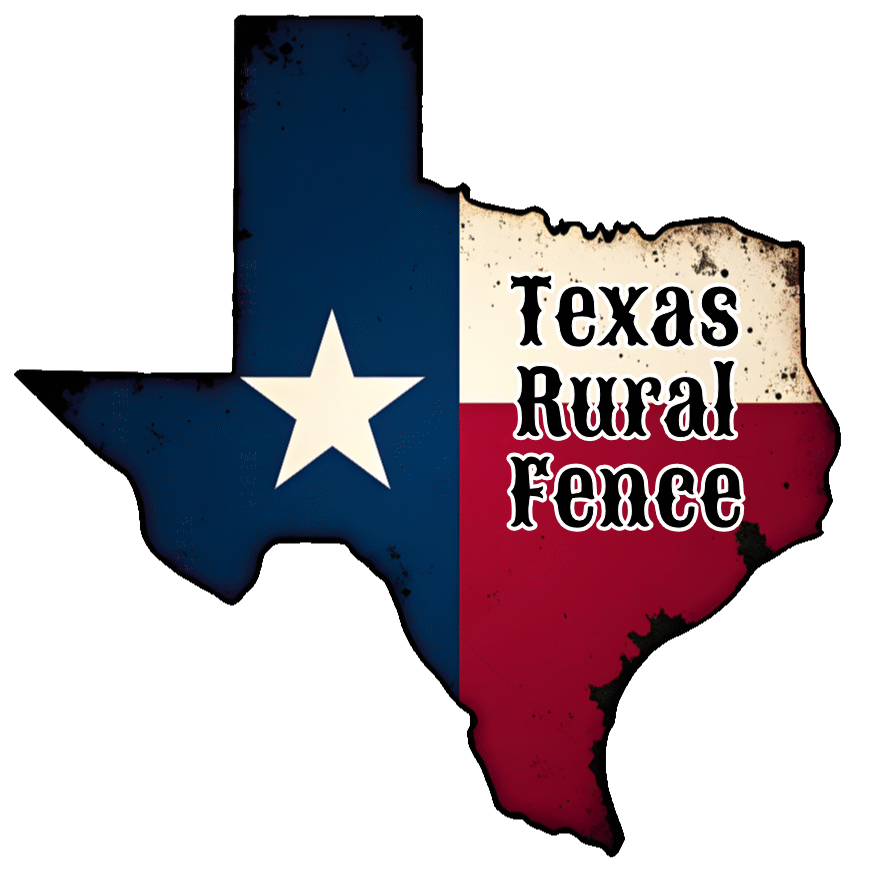Reasons to Choose and Best Practices for Building a Dumpster Enclosure Fence
Introduction
A dumpster enclosure fence is an essential addition to any property that utilizes dumpsters. Whether it’s for commercial or residential purposes, building a dumpster enclosure fence offers numerous benefits, including enhanced aesthetics, improved security, and better waste management. This article will discuss the reasons why you should consider building a dumpster enclosure fence and provide best practices for constructing one.
Reasons to Choose a Dumpster Enclosure Fence
1. Aesthetics and Property Enhancement
A well-designed and properly constructed dumpster enclosure fence can greatly enhance the overall aesthetics of your property. Instead of having a visible and unsightly dumpster, a fence can effectively hide it from view, contributing to a cleaner and more visually appealing environment. This is particularly important for commercial properties that want to create a positive impression on customers or residents.
2. Security and Preventing Unauthorized Access
Dumpsters are susceptible to unauthorized access, which can lead to problems such as illegal dumping, scavenging, and potential liability issues. A dumpster enclosure fence acts as a physical barrier that helps prevent unauthorized individuals from accessing the dumpster. By securing the area, you can reduce the risk of theft, vandalism, and other unwanted activities.
3. Odor Control and Pest Management
One of the challenges of having a dumpster is managing the associated odors and pests. A properly constructed enclosure fence with appropriate materials and design can help contain odors and keep pests away. This is achieved by using solid panels, proper ventilation, and regular maintenance, ensuring a more hygienic and pleasant environment for both property occupants and neighboring areas.
4. Compliance with Local Regulations
Many municipalities have specific regulations and guidelines regarding the storage and containment of dumpsters. Building a dumpster enclosure fence can help you comply with these regulations, avoiding potential fines or penalties. By following local requirements, you contribute to maintaining a clean and organized community.
Best Practices for Constructing a Dumpster Enclosure Fence
1. Determine the Design and Material
Before starting the construction process, carefully consider the design and material for your dumpster enclosure fence. The design should be aesthetically pleasing while providing the necessary functionality. Common materials for dumpster enclosure fences include wood, metal, and vinyl. Each material has its own advantages and disadvantages in terms of durability, cost, and maintenance requirements. Choose the material that best suits your needs and budget.
2. Obtain Necessary Permits and Approvals
Depending on your location, you may need to obtain permits or approvals from local authorities before constructing a dumpster enclosure fence. Contact your local building department to understand the specific requirements and ensure compliance with any zoning or building codes. It’s important to have all the necessary documentation in place before starting the construction process.
3. Consider Security Measures
Enhancing security should be a priority when constructing a dumpster enclosure fence. Install a sturdy gate with a reliable locking mechanism to prevent unauthorized access. Additionally, consider incorporating lighting fixtures to improve visibility during the night , deterring potential intruders. By implementing these security measures, you can effectively safeguard your property and the contents of the dumpster.
4. Pay Attention to Ventilation and Drainage
Proper ventilation and drainage are crucial factors to consider when building a dumpster enclosure fence. Inadequate ventilation can lead to the accumulation of unpleasant odors, while poor drainage may result in water pooling around the dumpster area. Ensure proper air circulation and consider incorporating drainage systems, such as sloped surfaces or drainpipes, to prevent water buildup.
5. Regular Maintenance
To ensure the longevity and effectiveness of your dumpster enclosure fence, regular maintenance is essential. Inspect the fence periodically for any damage, such as loose panels or broken locks, and promptly address any issues. Additionally, establish a routine cleaning schedule to keep the area around the dumpster clean and free of debris.
6. Proper Signage
Consider adding signage to your dumpster enclosure fence to clearly indicate its purpose and any rules or regulations associated with its use. This can help educate users and discourage unauthorized individuals from accessing the area. Signs may include instructions for proper waste disposal, contact information for reporting issues, or warnings against illegal dumping.
Conclusion
Building a dumpster enclosure fence offers numerous benefits, including improved aesthetics, enhanced security, and better waste management. By constructing a well-designed fence using best practices, you can effectively hide the dumpster, prevent unauthorized access, control odors, and comply with local regulations. Remember to choose appropriate materials, obtain necessary permits, and prioritize security measures. With proper construction and regular maintenance, your dumpster enclosure fence will serve as an asset to your property while contributing to a cleaner and more organized environment.
